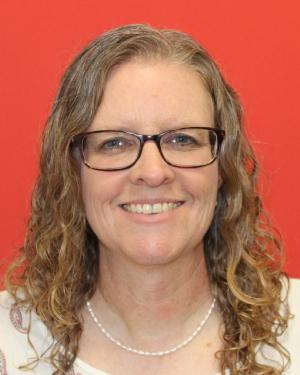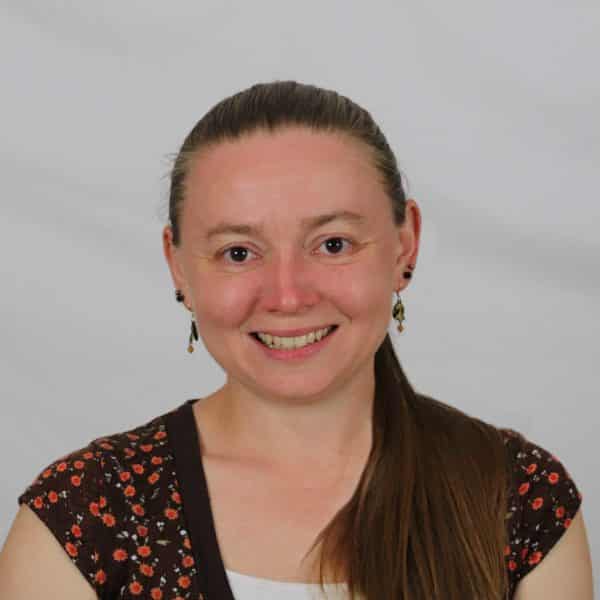Geospatial Analysis (minor)
Are you curious how self-driving cars work? Flying a drone to detect forest fires or illegal harvesting? A minor in geospatial analysis can help you understand these and many other spatial questions.
The minor in Geospatial Analysis offered at D&E prepares students to apply the science of geographic information with the applications and technologies of geographic information systems (GIS), cartography and remote sensing to various disciplines.
Geospatial technologies portray and analyze geographic location and characteristics of physical and human environments. Applying these software technologies, geospatial data are layered and analyzed to understand and communicate complex phenomena such as natural disasters, environmental impact, land cover change, migrating populations, crime patterns, and changing economic trends.
Geospatial analysis skills are applicable to a growing list of professions, and increasingly sought after by employers.
Why Minor in Geospatial Analysis?
Having a minor in GIS can be useful in a number of fields, such as environmental science, sustainability, criminology, business, education and public health. Environmental science and GIS technologies can bring together disparate data models to design better solutions for humanity’s need to better manage, protect and preserve our environment.
- Sustainability and GIS can be used together as a tool to better understand and address issues of sustainability, such as population growth, climate change, energy consumption and natural resources. GIS technology bridges the gap between different sectors and acts as a tool to integrate, manage, analyze, and visually format data from multiple sources.
- In criminology, a GIS analyst conducts spatial analysis of point patterns and area-based data in studies of the locations of crime events and rates, offenders, police patrolling practices, judicial districts and community corrections and how they relate to physical and social characteristics of neighborhoods.
- Business GIS involves analyzing business data for relevant spatial information to improve decision making in marketing, logistics, and general management decisions in both business and not-for-profit institutions.
- GIS technology in an educational setting provides an opportunity to use the same tools used in high-demand careers to examine geographic questions, conduct analysis and explore themes. K-12 students work with data in ways that reveal relationships, patterns, and trends in the form of maps, globes, reports and charts. These skills are invaluable to studies in many subject areas, including science, mathematics, career and technical education, social studies, reading and language arts.
- The role of GIS is rapidly increasing in the development of public health policy for targeted prevention and intervention methods. Public health uses of GIS include tracking child immunizations, conducting health policy research, and establishing service areas.
Go Further.
Facilities
Students enrolled in the biology program attend classes in Eshleman Science Center and have access to abundant natural resource areas.
Eshleman Science Center houses five teaching laboratories, a computer laboratory equipped with GIS/remote sensing software and S. Benton Talbott Seminar Room, in addition to numerous classrooms and offices featuring:
- scientific instrumentation includes microscopes, air pollution and water pollution monitoring equipment, laboratory instrumentation and field sampling equipment;
- cell and molecular biology lab which includes a programmable thermocycler for PCR analysis, UV/Vis spectrophotometer, micro centrifuges and gel electrophoresis equipment;
- extensive collection of microscope slides;
- special facilities including a weather station, a controlled environment chamber and Tolstead Greenhouse;
- herbarium containing over 3,000 specimens of vascular plants and the repository of the West Virginia State Fungi collection; and
- solar panels utilizing a data logger.
Field studies and student research projects are carried out at the nearby Pigeon Creek Watershed and within the Robert E. Urban Nature Area located on the campus, within a few minutes’ walk of Eshleman Science Center.
The nearby Monongahela National Forest and other natural areas constitute an immense and highly varied natural laboratory for biological and environmental investigations. The following areas are within an hour’s drive of the campus:
- Spruce Knob – the highest point in West Virginia at 4,863 feet
- Seneca Rocks Blackwater Canyon
- Bear Heaven Natural Area
- Blister Swamp
- Big Run Bog Natural Area
- Dolly Sods Wilderness
- Otter Creek Wilderness
- Laurel Fork Wilderness
- Canaan Valley National Wildlife Refuge
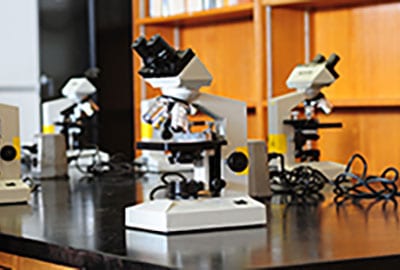
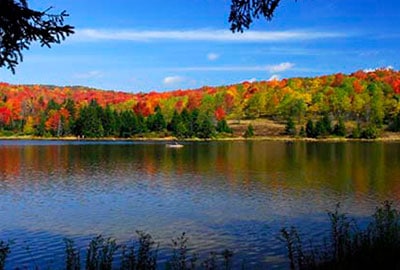
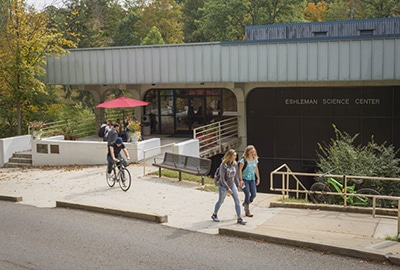
Clubs
Interested in the sciences? The Zeta Chapter of Chi Beta Phi and GreenWorks! may be for you.
Chi Beta Phi
Established at Davis & Elkins College in 1925, Chi Beta Phi is an interdisciplinary scientific honorary for undergraduates. An affiliate society of the American Association for the Advancement of Science (AAAS), this organization promotes interest in science and gives recognition to scholarly attainment in science.
At D&E, Chi Beta Phi is active in bringing guest speakers to campus, providing additional learning opportunities for students and participating in community service projects.
To become a member, students must show an interest in science and meet GPA requirements. Once students are granted membership, they are a member for life. Participation is recognized by potential employers and graduate schools as an indication of leadership in science. Grants are available to members on a competitive basis to support research, and membership provides students with an opportunity to present the results of their research at the National Convention and publish their findings in The Chi Beta Phi Record.
For more information about becoming a Chi Beta Phi Zeta Chapter member, contact the organization advisers, Dr. Shawn Stover and Dr. Michelle Mabry.
GreenWorks!
Put your beliefs about the importance of sustainability to work in the community.
GreenWorks! is the student sustainability organization of D&E’s Center for Sustainability Studies. From changing out light bulbs in Halliehurst to planting red spruce in Canaan Valley, student volunteers are making a difference campus-wide and in the surrounding community.
Among the many opportunities allowing students to become active in sustainability research and community projects, the group has completed three solar panel installations on campus. The most recent solar installation, the largest on a residential college/university in West Virginia, was initiated by students who were inspired to start the project after attending Mother Earth News conferences the past several years. Students installed the system under the guidance of Matt Sherald, owner of Power in My Backyard (PIMBY), located in Thomas, W.Va.
For more information about getting involved, contact Dr. Crystal Krause.
Division Directory
Lead the Way at D&E. Contact us today.







